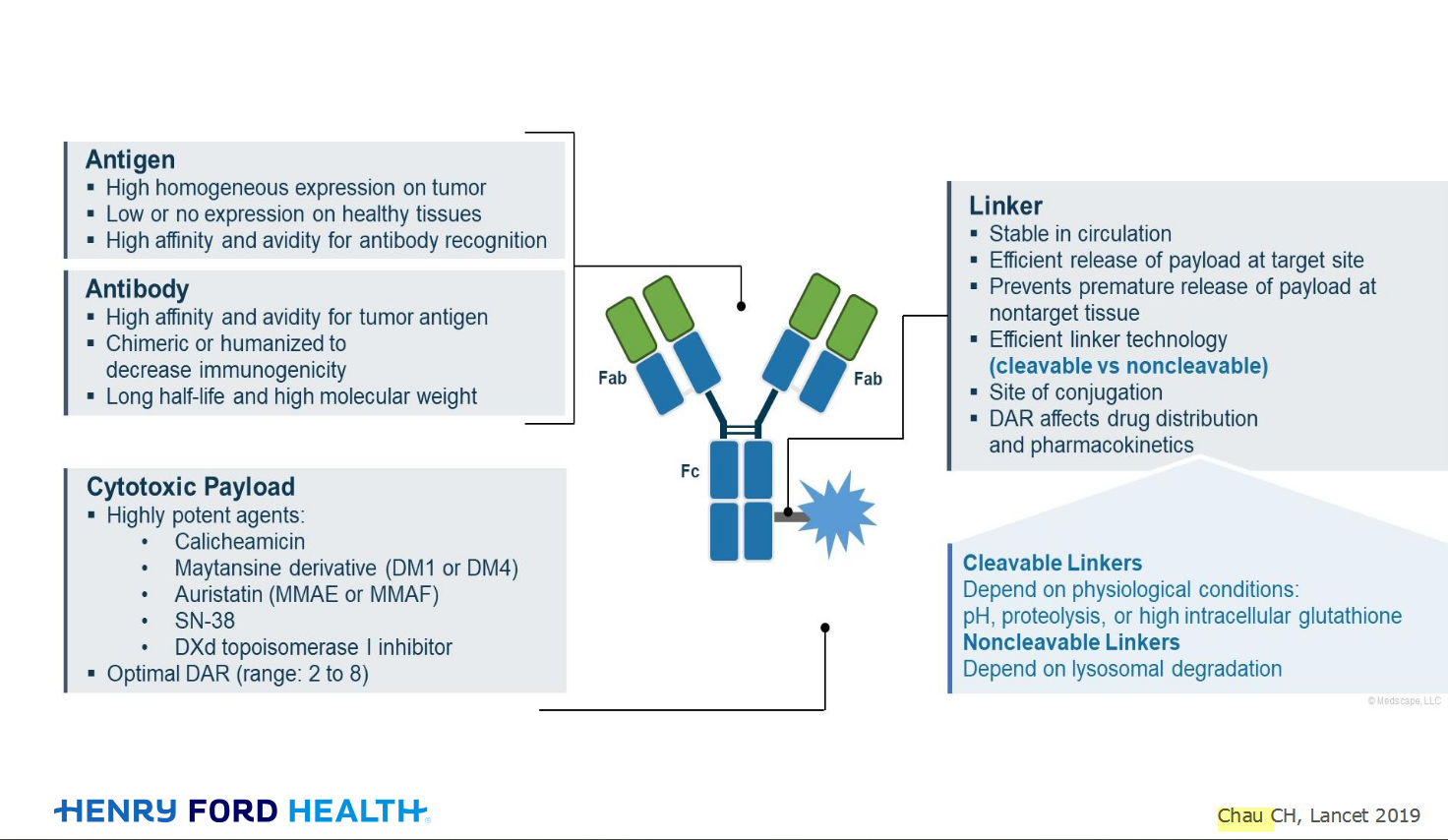Welcome!
Welcome to the new CancerGRACE.org! Explore our fresh look and improved features—take a quick tour to see what’s new.
The last of our podcasts in 2009 will also close out the series of presentations given at our September NSCLC Patient Education Forum here in Seattle, which was sponsored by OSI Pharmaceuticals and Swedish Cancer Institute (thanks!). The forum covered everything from initial workup to management principles of early stage NSCLC, locally advanced disease, and advanced/metastatic NSCLC. Dr. Brahmer, a friend for many years now who is a medical oncologist and lung cancer expert at Johns Hopkins University in Baltimore, spoke on treatment of patients after the first line setting, integrating thoughts on both patients who have progressed and also the emerging information on maintenance therapy for patients who have stable disease or have shown tumor shrinkage and no progression after the first line setting.
Her presentation is here, including both the video and audio podcast versions, and the accompanying transcript and figures.
[powerpress]
brahmer-second-line-therapy-treatments-and-timing-audio-podcast
brahmer-second-line-therapy-treatments-and-timing-transcript
brahmer-second-line-therapy-treatments-and-timing-figures
I'll also mention that I personally don't agree with Dr. Brahmer's reference to the Fidias trial as simply being "negative" for a survival benefit. She covers this trial and correctly notes that it didn't show a survival benefit, but my take is that the overall survival difference was still 2.6 months in a trial in which nearly half of the patients dropped off before getting to randomization, so I'd really consider it underpowered and with a strong trend toward a survival benefit. For many of our other therapies that have had very marginally positive trials (such as erbitux (cetuximab) and zactima (vandetanib), we would be absolutely thrilled to see a 2.6 month survival benefit and wouldn't question whether that difference is enough.
Still, this just highlights that even the people who have all of the evidence can interpret the meaning differently. She's a great leader in the lung cancer field, and I think that the overall conclusion she imparts, that management after the first line setting is not a color-by-numbers but needs to be very individualized, is very appropriate.
Please feel free to offer comments and raise questions in our
discussion forums.
A Brief Tornado. I love the analogy Dr. Antonoff gave us to describe her presentation. I felt it earlier too and am looking forward to going back for deeper dive.
Dr. Singhi's reprise on appropriate treatment, "Right patient, right time, right team".
While Dr. Ryckman described radiation oncology as "the perfect blend of nerd skills and empathy".
I hope any...
My understanding of ADCs is very basic. I plan to study Dr. Rous’ discussion to broaden that understanding.

Here's the webinar on YouTube. It begins with the agenda. Note the link is a playlist, which will be populated with shorts from the webinar on specific topics
An antibody–drug conjugate (ADC) works a bit like a Trojan horse. It has three main components:
Bispecifics, or bispecific antibodies, are advanced immunotherapy drugs engineered to have two binding sites, allowing them to latch onto two different targets simultaneously, like a cancer cell and a T-cell, effectively...

Welcome to the new CancerGRACE.org! Explore our fresh look and improved features—take a quick tour to see what’s new.